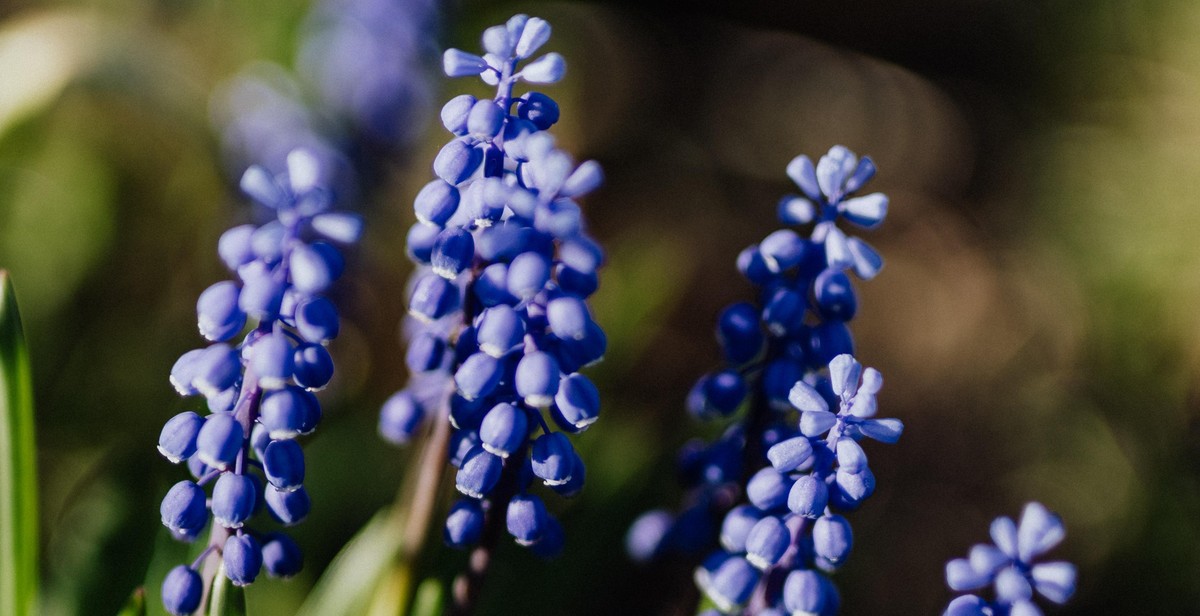How to Build a DIY Vertical Herb Garden using Mason Jars
If you’re looking for a fun and creative way to add some greenery to your living space, a DIY vertical herb garden using mason jars might be just what you need. Not only is it a great way to bring nature indoors, but it’s also an easy and affordable project that can be completed in just a few hours.
Why Build a DIY Vertical Herb Garden using Mason Jars?
There are several reasons why a vertical herb garden using mason jars is a great addition to any home:
- Space-saving: If you live in a small apartment or have limited outdoor space, a vertical herb garden allows you to grow fresh herbs without taking up valuable floor space.
- Easy to maintain: Mason jars are perfect for growing herbs because they’re easy to water and don’t require a lot of maintenance.
- Cost-effective: Building your own vertical herb garden using mason jars is a cost-effective way to add some greenery to your home.
- Customizable: You can customize your herb garden to fit your style and taste by choosing different types of herbs and jars.
In this article, we’ll walk you through the steps to build your own DIY vertical herb garden using mason jars, including the materials you’ll need and the best herbs to grow.

Materials Needed for Building a DIY Vertical Herb Garden using Mason Jars
If you are looking for a fun and creative way to grow herbs in your home, building a DIY vertical herb garden using mason jars is an excellent option. This project requires a few basic materials that are easy to find at any hardware store or garden center. Here are the materials you will need:
Mason Jars
Mason jars are the main components of this project. You will need several jars to create a vertical herb garden. You can choose the size of the jars based on the herbs you want to grow and the space you have available. Make sure the jars you choose have a wide mouth to allow for easy planting and watering.
Wooden Board
You will need a wooden board to mount the mason jars. The size of the board will depend on the number of jars you want to use. Make sure the board is sturdy enough to hold the weight of the jars and the soil.
Pipe Clamps
Pipe clamps are used to secure the mason jars to the wooden board. You will need one pipe clamp for each jar. Make sure the pipe clamps you choose are the right size for your jars and board.
Screws
You will need screws to attach the pipe clamps to the wooden board. Make sure the screws you choose are long enough to go through the board and into the wall or surface you will be mounting the herb garden on.
Drill
You will need a drill to make holes in the wooden board for the screws and to create drainage holes in the bottom of the mason jars. Make sure you have the right size drill bit for your screws and jars.
Potting Soil
You will need potting soil to fill the mason jars and plant the herbs. Make sure you choose a high-quality potting soil that is suitable for growing herbs.
Herb Plants
You will need herb plants to fill the mason jars. Choose the herbs you want to grow based on your personal preferences and the amount of sunlight and water they require.
With these basic materials, you can easily create a beautiful and functional vertical herb garden using mason jars. Whether you are a seasoned gardener or a beginner, this DIY project is a great way to bring fresh herbs into your home.

Step-by-Step Instructions: How to Build a DIY Vertical Herb Garden using Mason Jars
Vertical herb gardens are a great way to grow herbs in small spaces. In this tutorial, we will show you how to build your own DIY vertical herb garden using mason jars. Here are the step-by-step instructions:
Step 1: Cut the Wooden Board
Start by cutting a wooden board to the desired size for your vertical herb garden. You can use a saw or have the board cut at a hardware store. The size of the board will depend on how many mason jars you want to use.
Step 2: Sand the Wooden Board
Using sandpaper, sand the wooden board until it is smooth and free from any splinters. This will ensure that the mason jars hang evenly on the board.
Step 3: Attach the Pipe Clamps
Attach pipe clamps to the wooden board using screws. The number of pipe clamps you need will depend on how many mason jars you want to use. Make sure the pipe clamps are evenly spaced on the board.
Step 4: Drill Holes in the Mason Jars
Using a drill and a glass drill bit, drill a hole in the bottom of each mason jar. This will allow for drainage and prevent water from accumulating in the jar.
Step 5: Fill the Mason Jars with Potting Soil
Fill each mason jar with potting soil, leaving about an inch of space at the top. You can use any type of potting soil, but make sure it is well-draining.
Step 6: Plant the Herb Plants
Plant your herb plants in the mason jars, making sure to leave enough space for the plants to grow. You can use any type of herb, but make sure they are suitable for growing in small containers.
Step 7: Hang the Mason Jars on the Board
Using the pipe clamps, hang the mason jars on the wooden board. Make sure the jars are evenly spaced and level. You can add additional screws to the pipe clamps to ensure they are securely attached to the board.
And there you have it! Your very own DIY vertical herb garden using mason jars. Enjoy your fresh herbs all year round!

Maintenance and Care for Your DIY Vertical Herb Garden
Once your DIY vertical herb garden is up and running, you’ll need to take proper care of it to ensure that your herbs thrive. Here are some tips for maintaining your garden:
1. Watering
Herbs need consistent moisture to grow, so make sure to water your garden regularly. However, be careful not to overwater your herbs as it can cause root rot. A good rule of thumb is to water your garden once a day or every other day, depending on the climate and humidity in your area.
2. Fertilizing
While herbs don’t require a lot of fertilizer, adding some to your garden can help promote healthy growth. You can use a general-purpose fertilizer or opt for an organic option like compost or worm castings. Apply the fertilizer according to the manufacturer’s instructions.
3. Pruning
To keep your herbs healthy and bushy, you’ll need to prune them regularly. This involves removing any dead or yellowing leaves and cutting back any stems that have grown too long. Pruning also encourages new growth and helps prevent your herbs from becoming too leggy.
4. Pests and Diseases
Herbs are generally resistant to pests and diseases, but it’s still important to keep an eye out for any signs of trouble. Common pests that can affect herbs include aphids, spider mites, and whiteflies. To prevent pests, keep your garden clean and dry, and inspect your plants regularly. If you do notice any pests, you can use an organic insecticide or try washing them off with a strong jet of water. If your herbs develop any diseases, such as powdery mildew or root rot, remove the affected plants immediately to prevent the spread of the disease.
5. Harvesting
The best time to harvest your herbs is in the morning, after the dew has dried but before the sun gets too hot. Use sharp scissors or pruning shears to cut the stems just above a set of leaves. This will encourage new growth and help keep your plants healthy.
By following these tips, you can keep your DIY vertical herb garden healthy and thriving all year round.

Conclusion
Building a DIY vertical herb garden using mason jars is a fun and easy project that can be done in a few hours. It not only adds a touch of green to your space but also provides fresh herbs for your cooking needs.
Before starting the project, make sure to gather all the necessary materials and choose the right location for your herb garden. Remember to use a sturdy support structure to ensure that your garden is secure and stable.
When it comes to selecting the herbs, choose ones that are easy to grow and maintain, such as basil, mint, parsley, and thyme. Make sure to plant them in the right soil and provide enough sunlight and water to keep them healthy.
Once your DIY vertical herb garden is complete, it’s important to maintain it regularly by pruning, watering, and fertilizing the plants. This will ensure that they continue to thrive and provide you with fresh herbs for a long time.
Overall, building a DIY vertical herb garden using mason jars is a great way to add some greenery to your space and enjoy fresh herbs all year round. So, gather your supplies and get started on this fun and rewarding project today!
